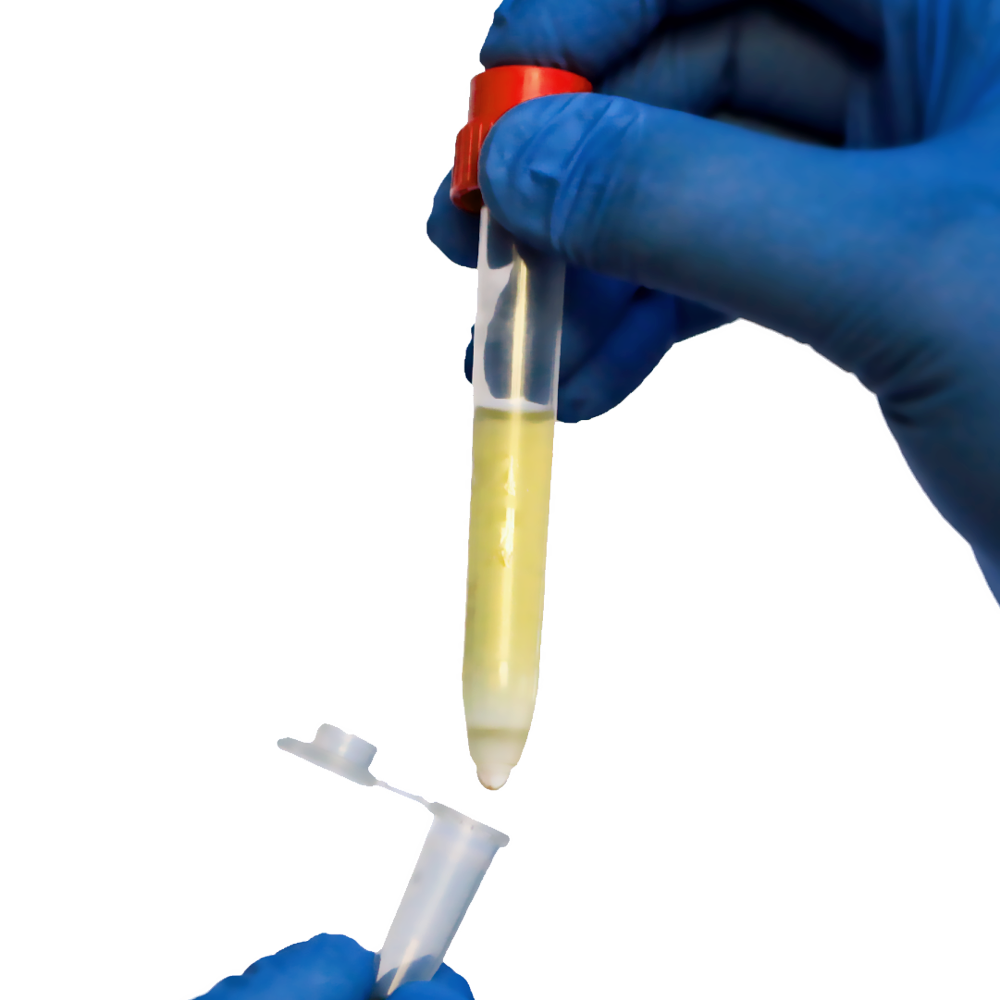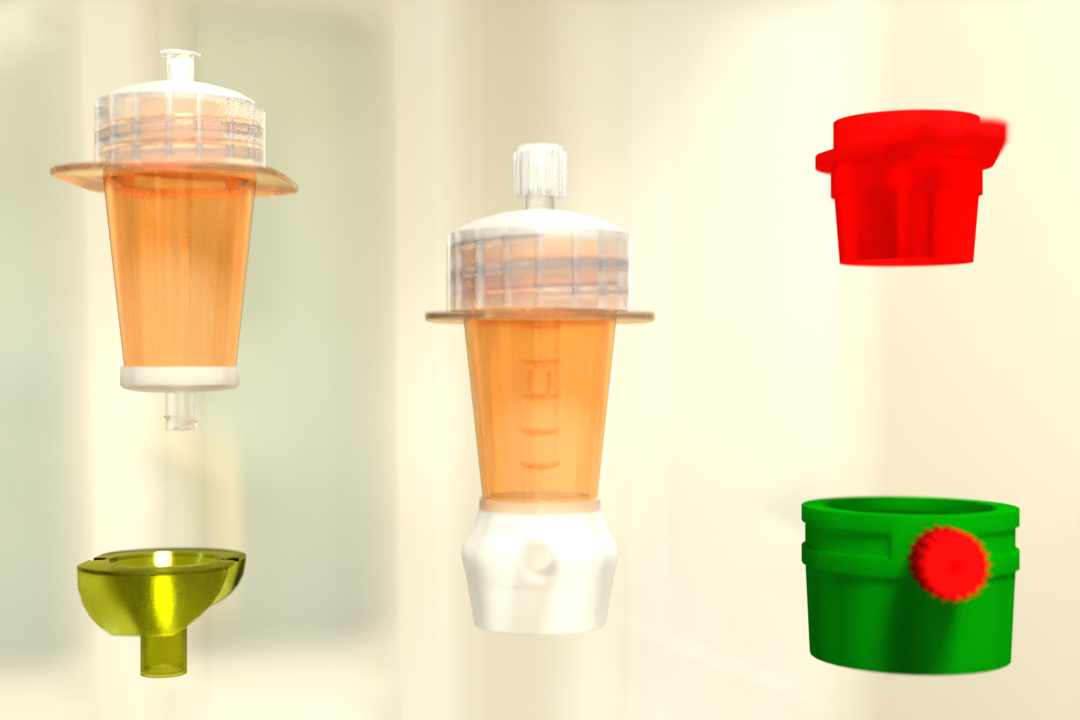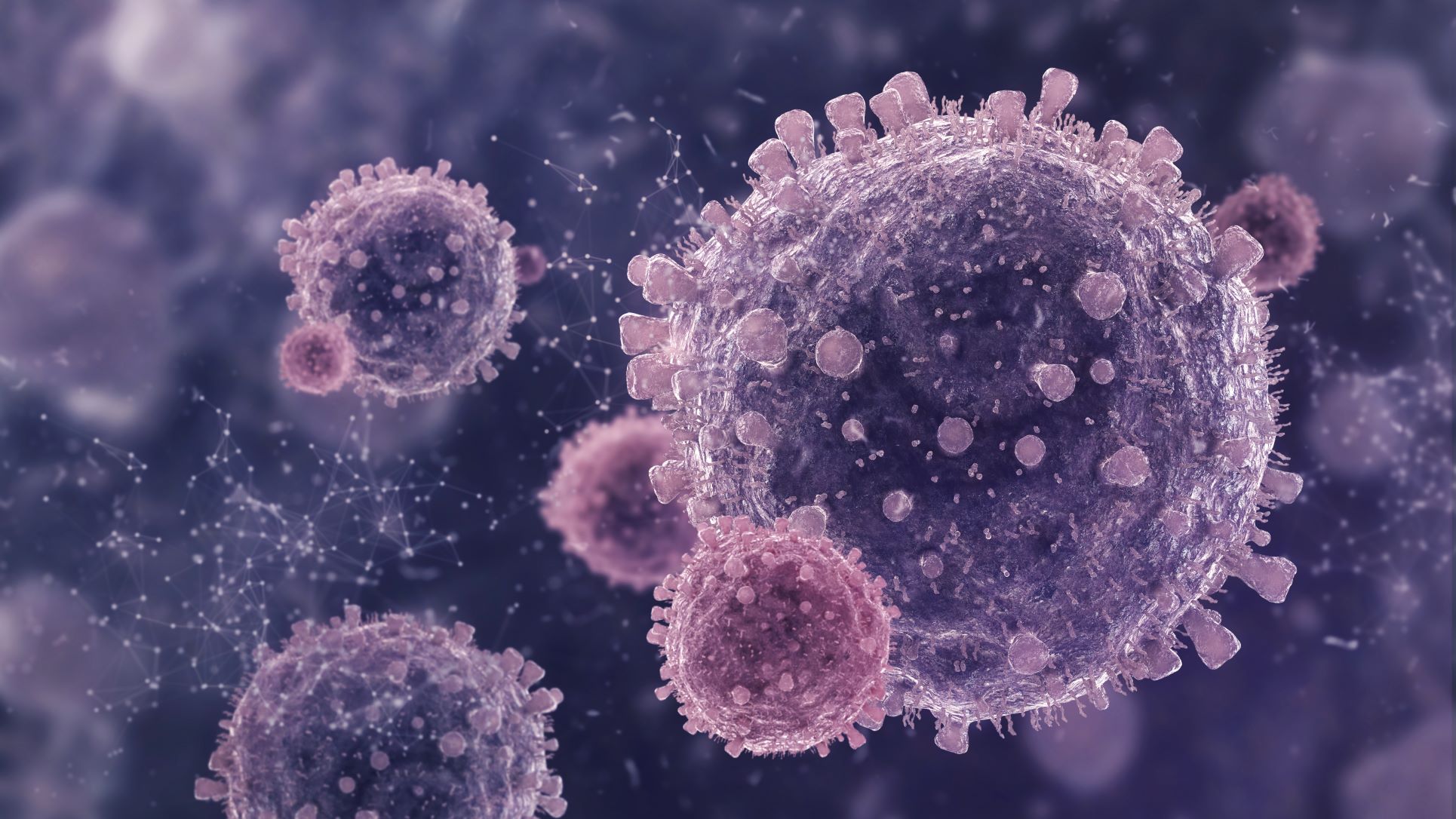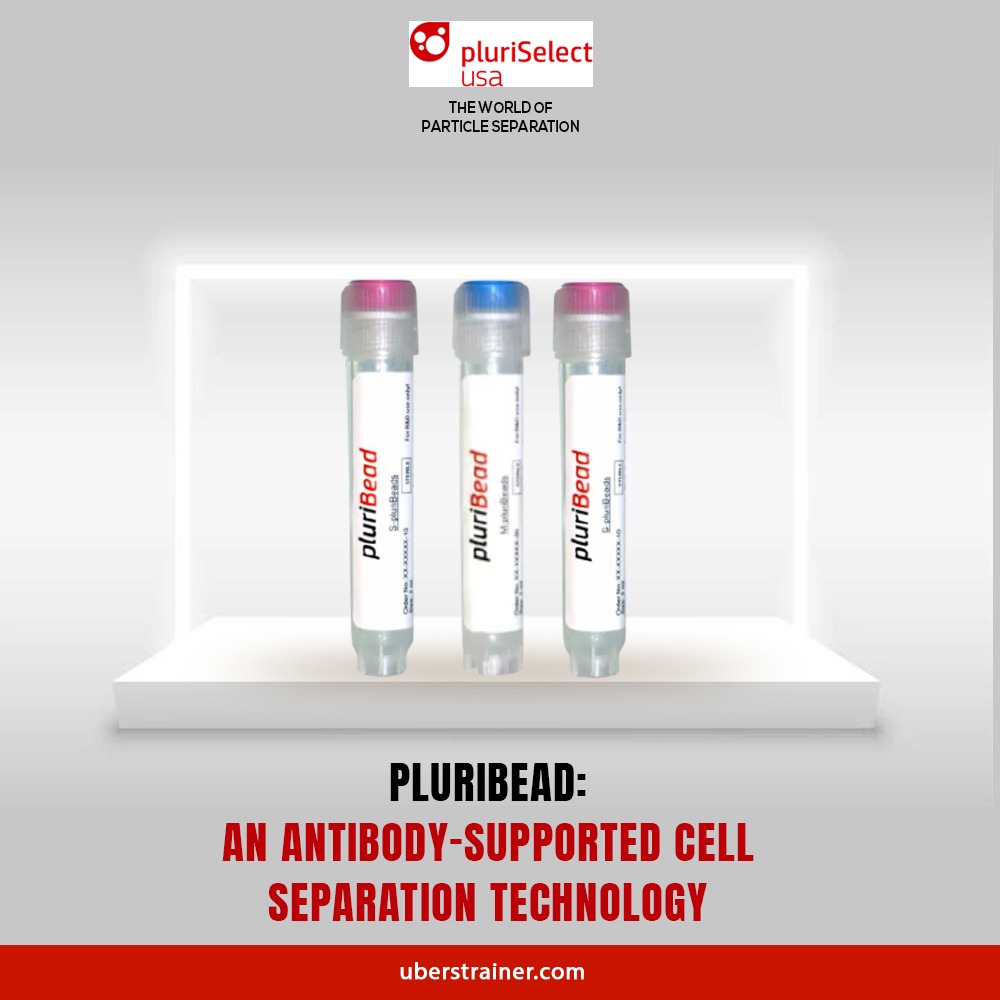Syringe filters are vital in laboratory research, streamlining high-volume sample processing with efficiency and precision. Their positive and negative pressure compatibility and versatility empower researchers to overcome traditional challenges.
In laboratory research, the efficient processing of high-volume samples is often a bottleneck that researchers grapple with. Traditional methods of filtration may not always be up to the task, leading to time-consuming processes and potential sample loss. This is where syringe strainers come into play, emerging as a vital tool that streamlines and enhances the sample preparation workflow, offering researchers unparalleled benefits in handling large quantities of samples. By seamlessly connecting to syringes or tubes, syringe strainers provide researchers with a versatile and adaptable solution that ensures precise sieving or filtration, all while maintaining the integrity of the samples. This not only accelerates the sample processing time but also minimizes the risk of compromising valuable specimens, making syringe strainers an indispensable asset, serving as the best lab cell strainers for laboratories dealing with high-volume sample preparation challenges.
Understanding Syringe Strainers
At its core, a syringe strainer stands as a pivotal solution for efficiently managing substantial sample volumes in research applications. Its fundamental purpose lies in excluding or concentrating particles from liquids during the sample preparation process. The ingenious design of the strainer allows seamless integration with syringes or tubes, achieved through a screw cap featuring a Luer-Lock adaptor. This thoughtful construction enables the strainer to operate effectively under both positive and negative pressure conditions, offering researchers flexibility in experimental setups.
Crafted with high-quality LD-PE (Low-Density Polyethylene), the strainer’s mesh type is intricately woven to strike a delicate balance between effective filtration and the preservation of sample integrity. This construction ensures that the filtration process remains robust, delivering reliable results while maintaining the quality of the samples throughout the procedure. When arranged in a strainer cascade, these syringe strainers further enhance the efficiency of large-scale sample processing.
Overcoming Challenges in High-Volume Sample Processing
Researchers dealing with large quantities of samples encounter a myriad of challenges in the sample preparation phase. Traditional filtration methods often struggle to handle the sheer volume efficiently, resulting in prolonged processing times and the risk of sample loss. Syringe strainers address these challenges head-on, providing a versatile solution that significantly enhances the efficiency and reliability of high-volume sample processing.
1. Streamlining Filtration Processes:
One of the primary advantages of syringe strainers lies in their ability to streamline the filtration process. The design allows for a seamless connection to syringes or tubes, enabling researchers to effortlessly process large volumes of samples without the need for complex setups or specialized equipment. The intuitive Luer-Lock adaptor ensures a secure fit, minimizing the risk of leaks or contamination during filtration.
2. Precision and Versatility:
Syringe strainers offer a level of precision crucial for research applications where accurate sample preparation is paramount. The woven mesh type provides effective filtration while allowing researchers to tailor the strainer selection based on their specific needs. This versatility ensures that a wide range of particle sizes can be excluded or concentrated, making syringe strainers adaptable to diverse research requirements.
3. Positive and Negative Pressure Compatibility:
The ability of syringe strainers to operate under both positive and negative pressure adds another layer of flexibility to high-volume sample processing. Whether researchers need to concentrate samples by applying positive pressure or filter out particles using negative pressure, syringe strainers accommodate various experimental setups, contributing to the adaptability of the overall laboratory workflow.
4. Time Efficiency in Sample Preparation:
Time is a critical factor in any research endeavor, and syringe strainers play a pivotal role in expediting the sample preparation timeline. The straightforward connection to syringes facilitates quick and efficient processing, reducing the overall time required for large-scale sample filtration. Researchers can achieve timely and reproducible results, which is essential for maintaining the momentum of their experiments.
5. Minimizing Sample Loss:
Traditional filtration methods, especially in the context of high-volume samples, may lead to sample loss due to clogging or inefficient filtration. Syringe strainers, with their well-designed mesh and Luer-Lock adaptor, minimize the risk of sample loss by ensuring a consistent and reliable filtration process. Researchers can confidently handle valuable samples without the concern of compromising the integrity of their study material.
Applications Beyond Filtration
While the primary function of syringe strainers is efficient filtration, their utility extends beyond this fundamental role. The adaptability of these devices makes them valuable in various applications, including sample concentration, exclusion of unwanted particles, and the preparation of homogeneous samples for downstream analyses.
Choosing the Right Syringe Strainer for Your Research
Selecting the appropriate syringe strainer is crucial for optimizing high-volume sample processing. Researchers must consider factors such as mesh size, material compatibility, and the specific requirements of their experiments. Fortunately, the market offers a diverse range of syringe strainers, allowing scientists to tailor their choice based on the unique characteristics of their samples and the desired experimental outcomes.
Conclusion
In the ever-evolving landscape of laboratory research, where the demand for precision and efficiency is unceasing, syringe strainers have emerged as one of the best lab cell strainers. Particularly in the context of high-volume sample processing, these devices offer researchers a reliable and streamlined solution to overcome challenges associated with traditional filtration methods. With their positive and negative pressure compatibility, versatility, and efficiency, syringe strainers empower researchers to tackle large-scale sample preparation with confidence, paving the way for enhanced results and accelerate scientific discoveries. As the scientific community continues to push boundaries, syringe strainers stand as a testament to innovation, simplifying complex processes and contributing to the success of innovative research endeavors.
 English
English French
French
 German
German
 Spanish
Spanish
 Belgium
Belgium
 Italian
Italian Brazil
Brazil Chinese Mandarin
Chinese Mandarin




